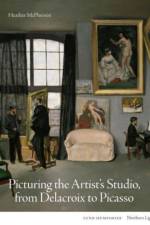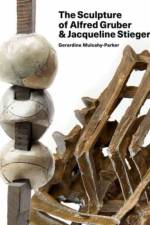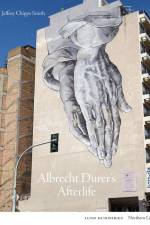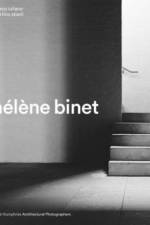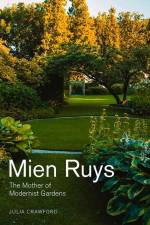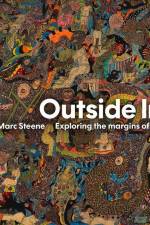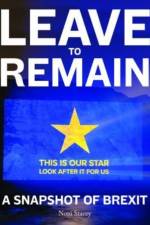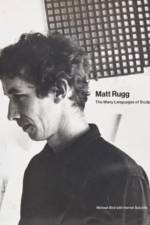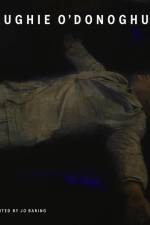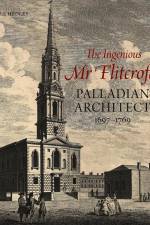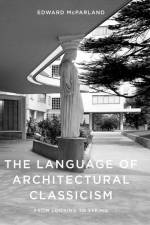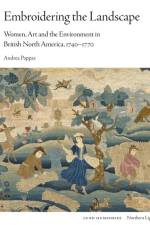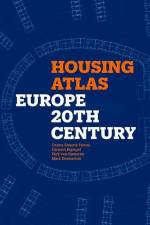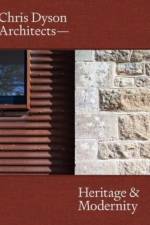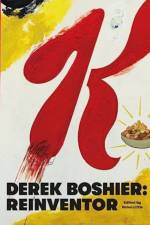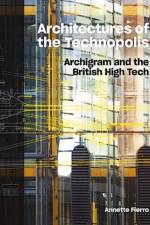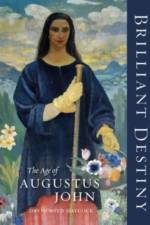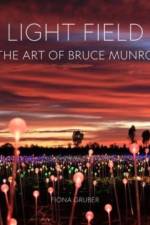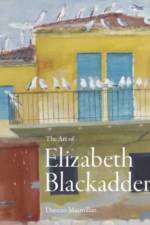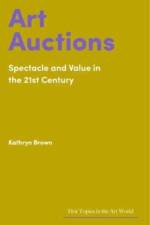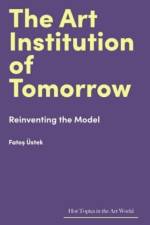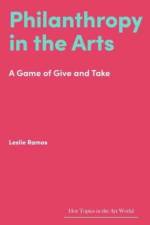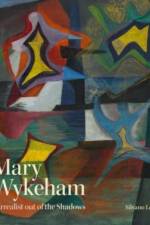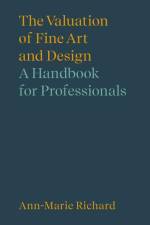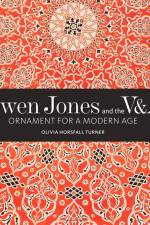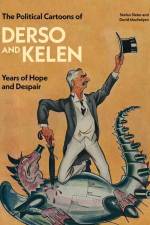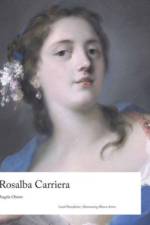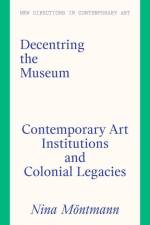av Orsina Simona Pierini
861
Throughout the 20th century, there were periods when there was urgent demand for housing to accommodate the rapidly increasing population (or rebuilt following wars). Driven primarily by the need to provide housing as cheaply and efficiently as possible, the ideas developed by the early Modernists have informed housing schemes worldwide. Today, in the context of a very different urban landscape, architects optimistic about high-density living are revisiting these seminal designs as they seek to develop their own solutions to our current housing crisis. Chronologically ordered, this book provides a unique survey of over 80 seminal housing projects from across Europe which were constructed during the 20th century. Together with concise contextual history and analysis, each housing study includes carefully redrawn context plan, plans and sections (some also include elevations) which are presented in a way that makes them readily comparable. Beginning with Parker & Unwin's Hampstead Garden Suburb (1907), case studies include housing by Aalto, Le Corbusier, Moretti, Markelius, Tá vora, Atelier 5, Utzon, Stirling & Gowan, Ungers, Brown, Rossi, Siza Vieira, Valle, Nouvel and MVRDV.


